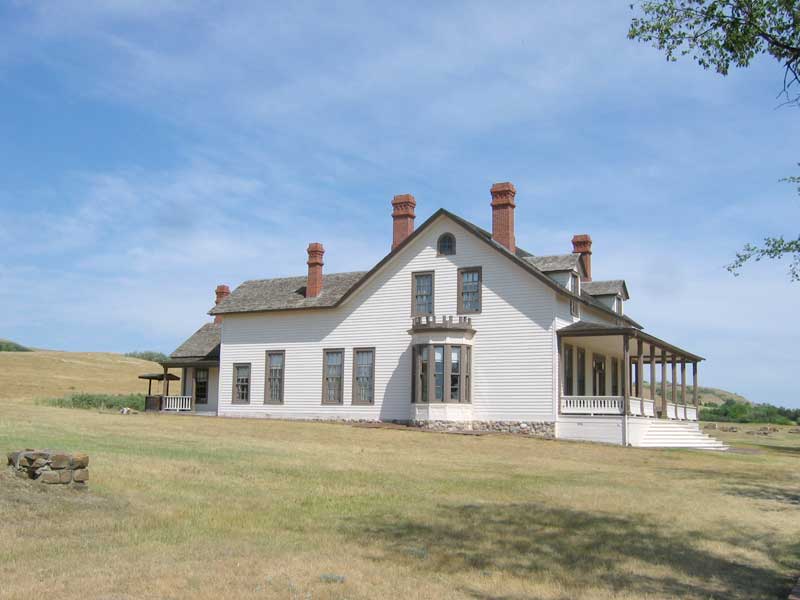
| List | Previous | Next |
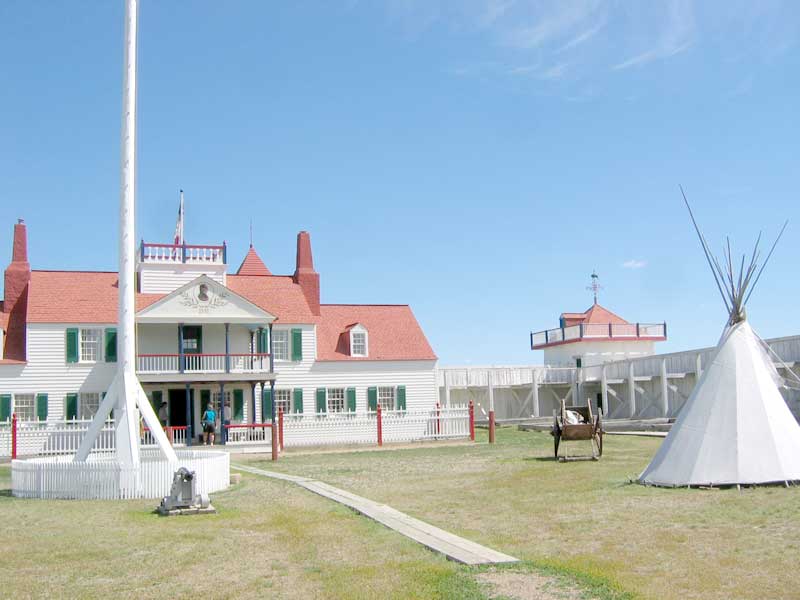
During its heydays the trading post was very busy, employing up to 100 people, many of which were married to indian women. The pay for the various occupations varied widely. A craftsman would make about $250 per year and his assistant $120; a hunter $400 along with any hides and horns from the animals he killed; an interpreter got $500; Clerks and traders who spoke indian languages would get $800 - $1000. All employees were provided room and board without charge.
The Bourgeois House, shown in the picture, was the fort's most imposing structure and its administrative center.
The Assiniboin claimed the land the fort was built on and occupied an area that straddled the
Canadian border. They therefore had the choice of trading with the fort or the Hudson's Bay
Company in Canada. The Crow lived on the upper Yellowstone and its tributaries and were
considered the richest tribe west of the Rocky Mountains. The Blackfeet also straddled the
border and considered the American whites their enemies, since the Lewis & Clark expedition
had killed one of their braves. This was finally resolved and the Blackfeet became good,
but not always trusted, customers of the trading post.

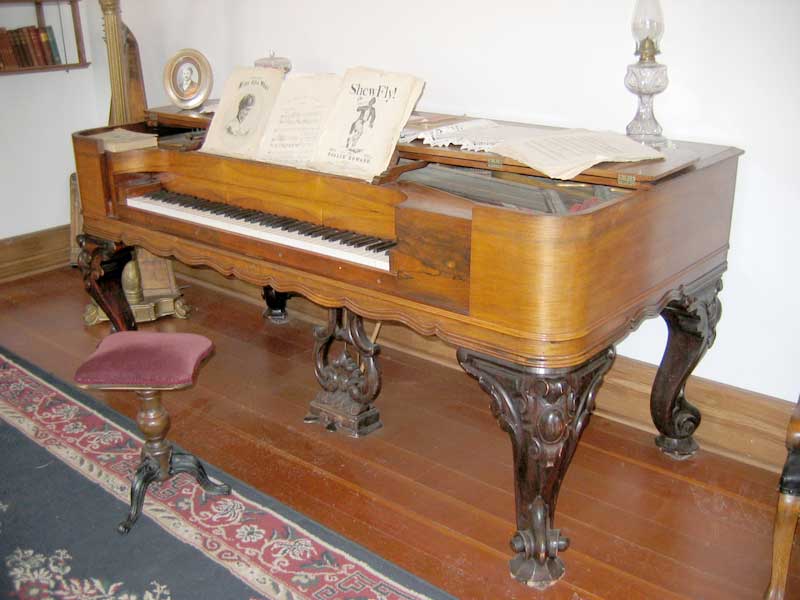
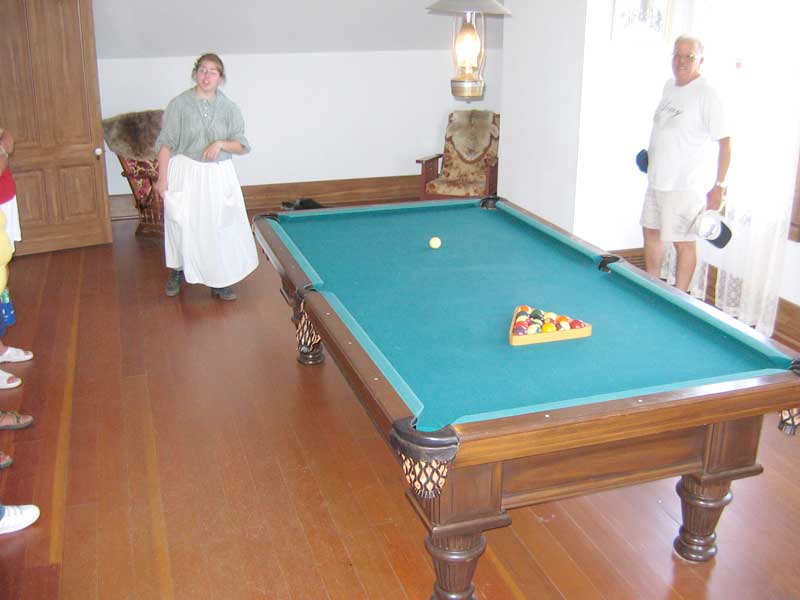
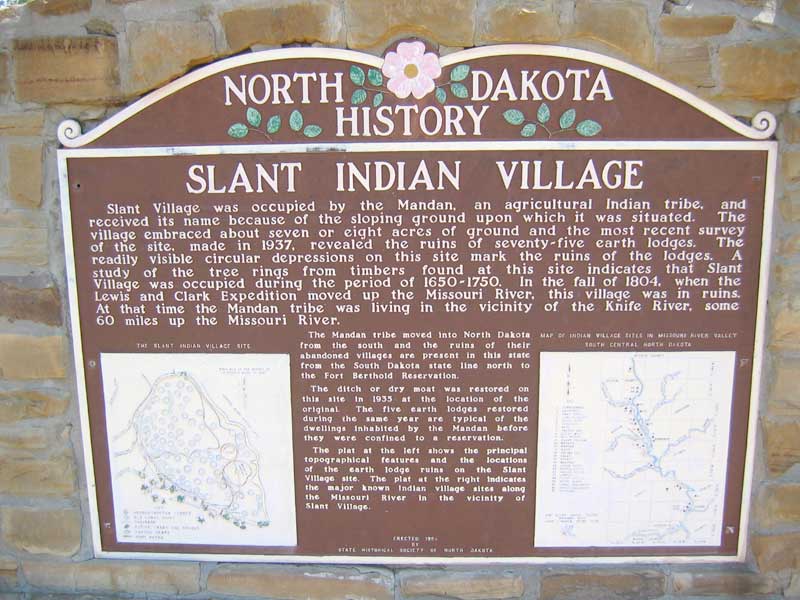
The Mandan, or the Nu’Eta (The People) called the Missouri River “home“ and for a 1000 years they lived in several earth lodge communities. Rich in culture and tradition, the Mandan hunted buffalo, grew several varieties of corn, beans, and squash, which enabled them to establish a vast trading network with other tribes and visitors to their villages.
Five of the earth lodges have been reconstructed to provide the visitors a way to see what
life in the village was like.
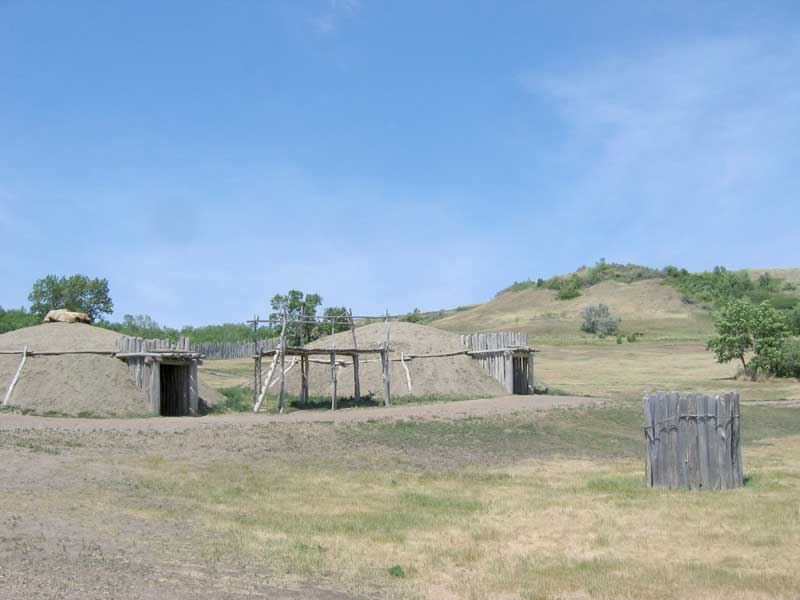
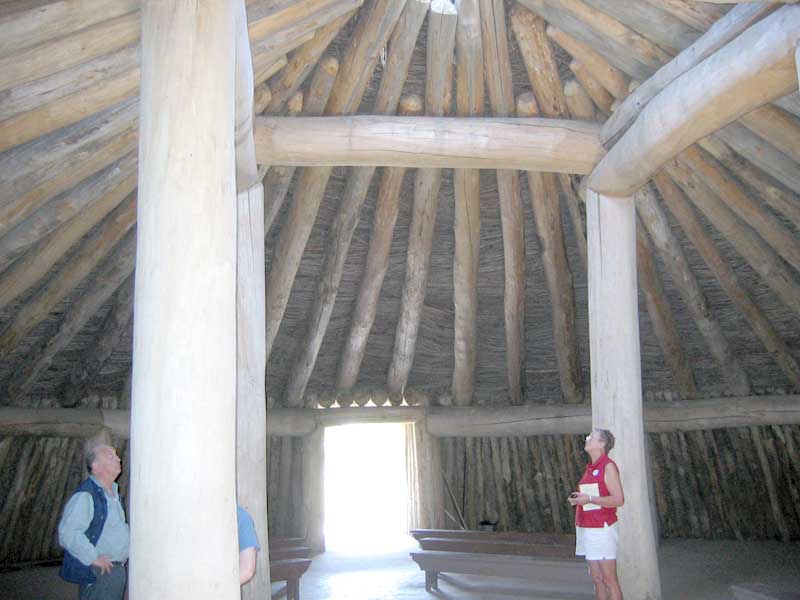
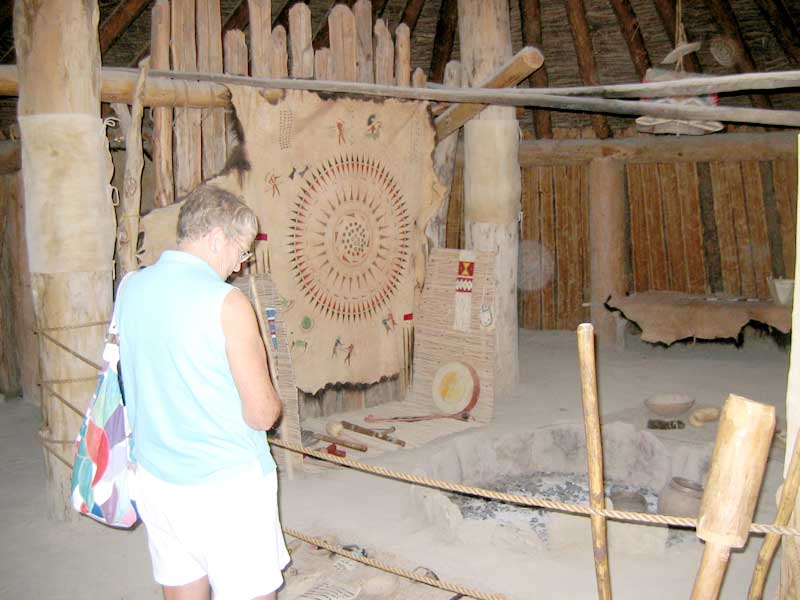
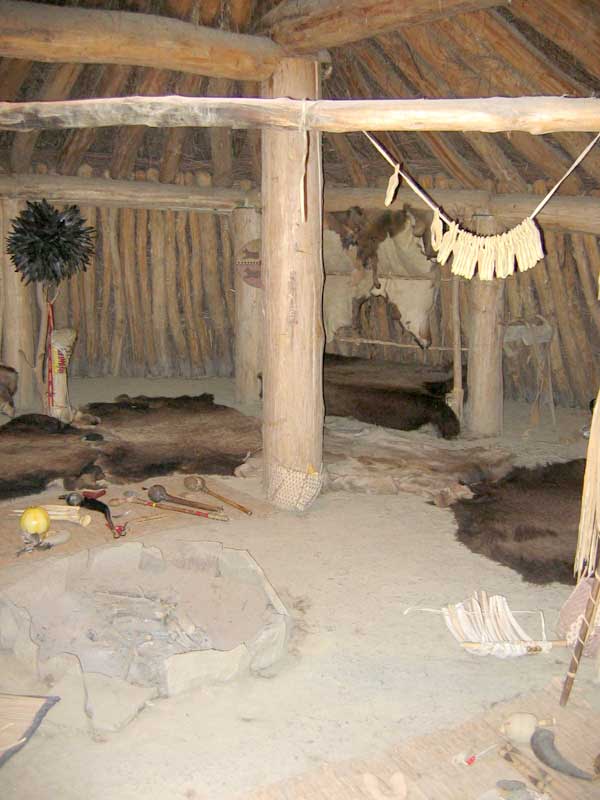
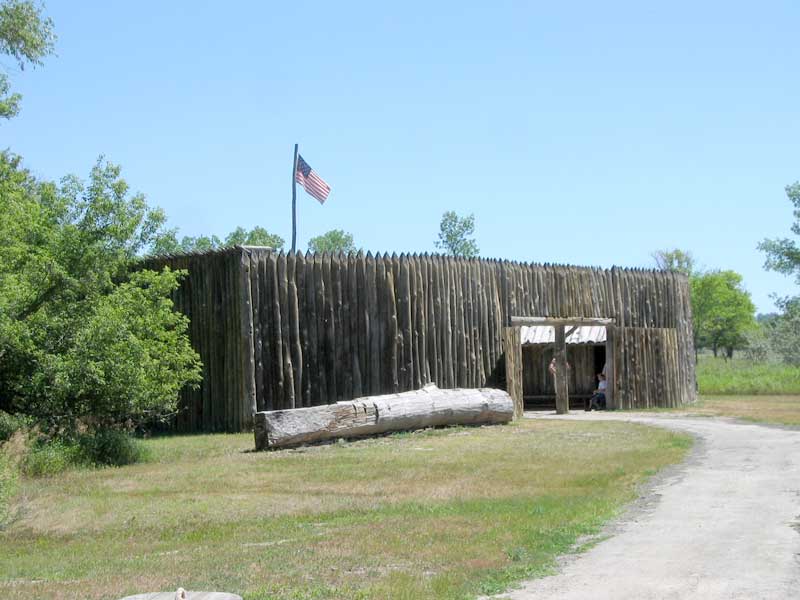
In the early 1970's, a local historical group constructed a replica of the original fort on the shores of the Missouri River two miles west of Washburn, ND. The site is currently managed by the Lewis and Clark Foundation and work is underway to restore it to the period which the old fort was occupied. A visitor's center was recently constructed on the site with design details inspired by a Mandan earth lodge. The center is home to modern restroom facilities, a gift shop, an orientation area and a classroom.
The fort was constructed in the form of a truncated "V". The front gate is the opening of the "V" and the rear
is the truncated point of the "V". Rooms were provided for sleeping, storage, a guard quarters and a blacksmith's
shop. These are shown in the pictures below proceeding counter clockwise from the room to the left as you face into
the fort from its gate as shown in the first picture.
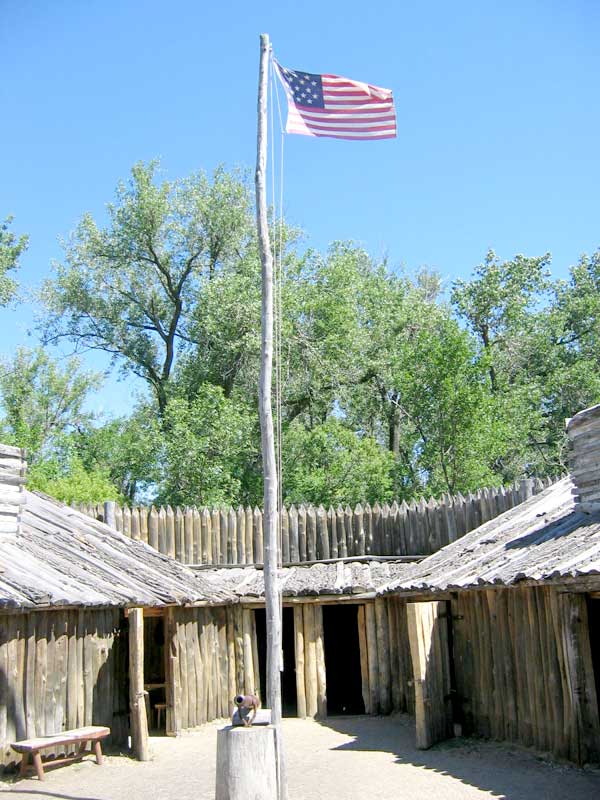
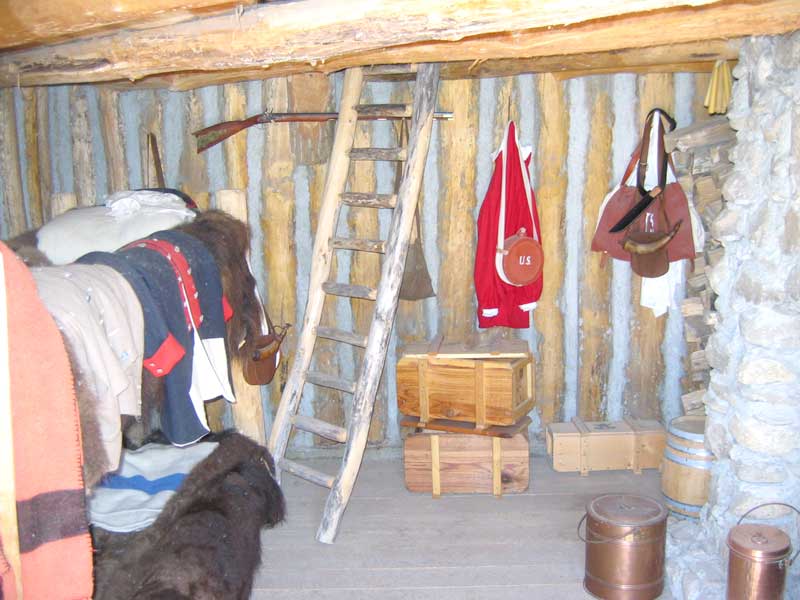
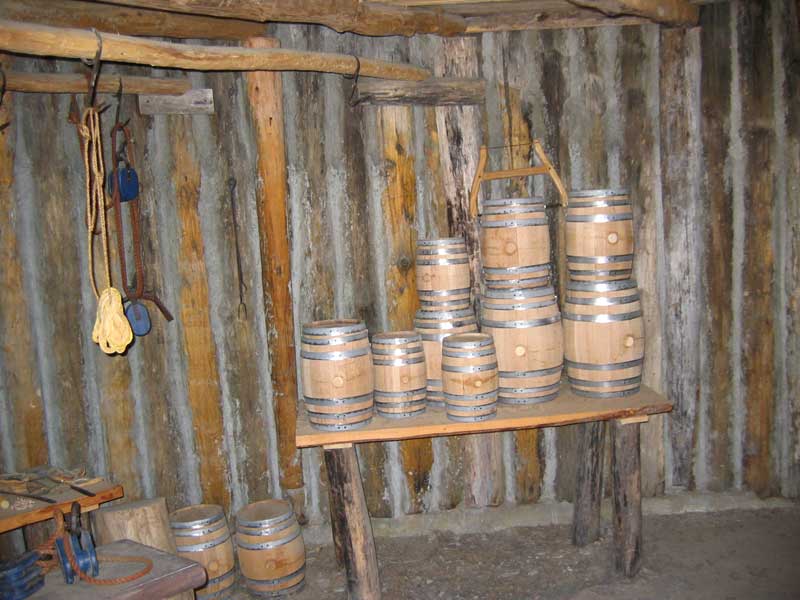
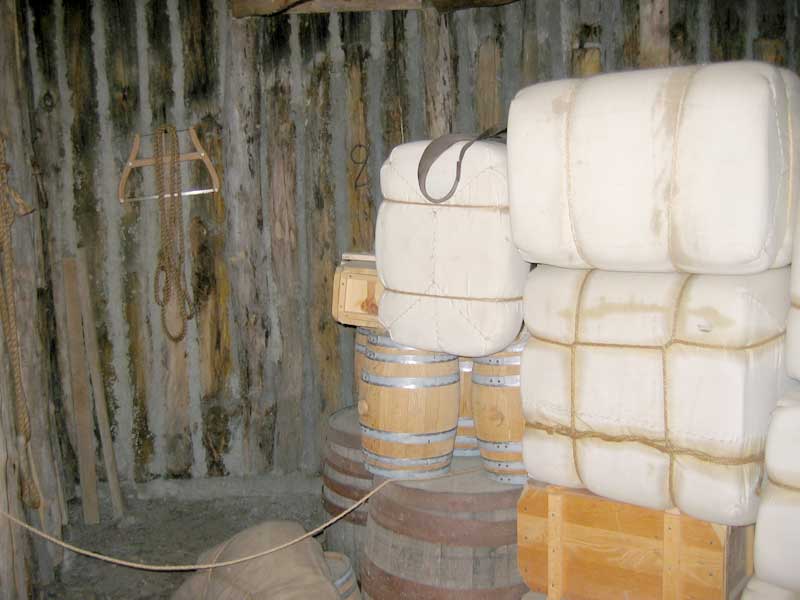
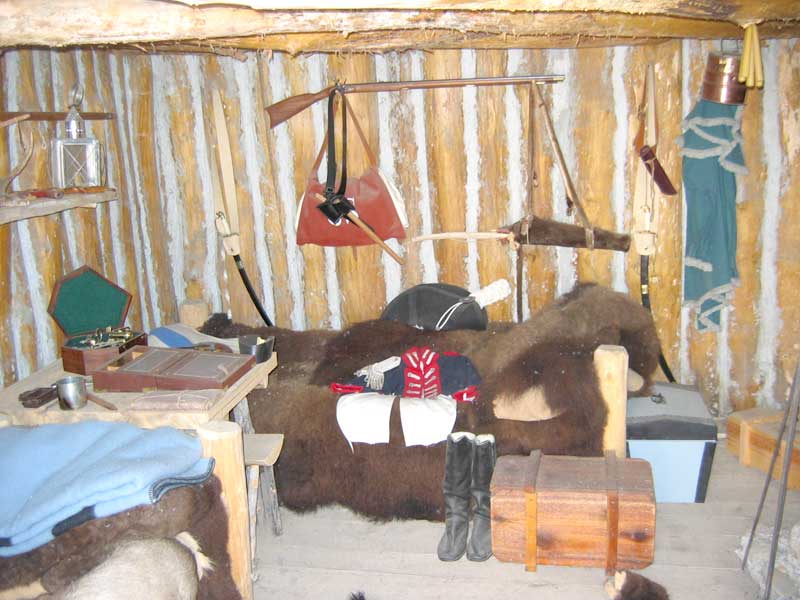
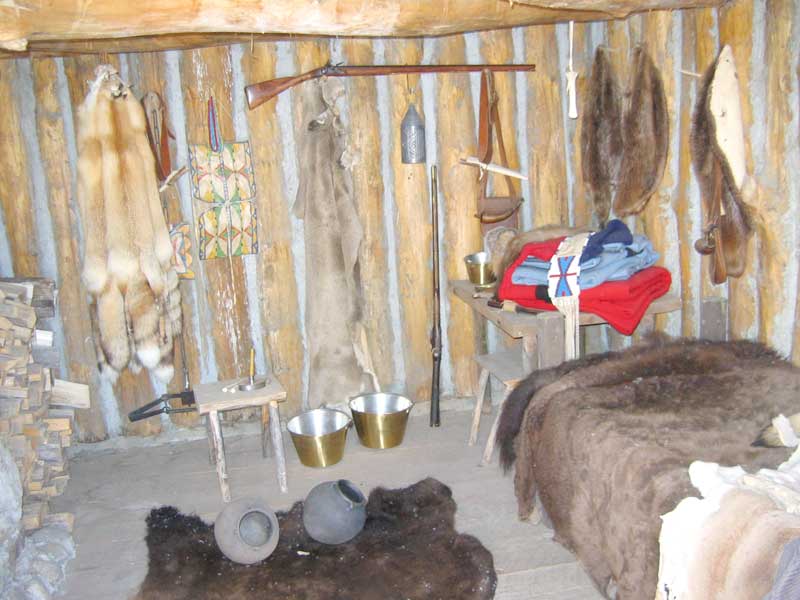
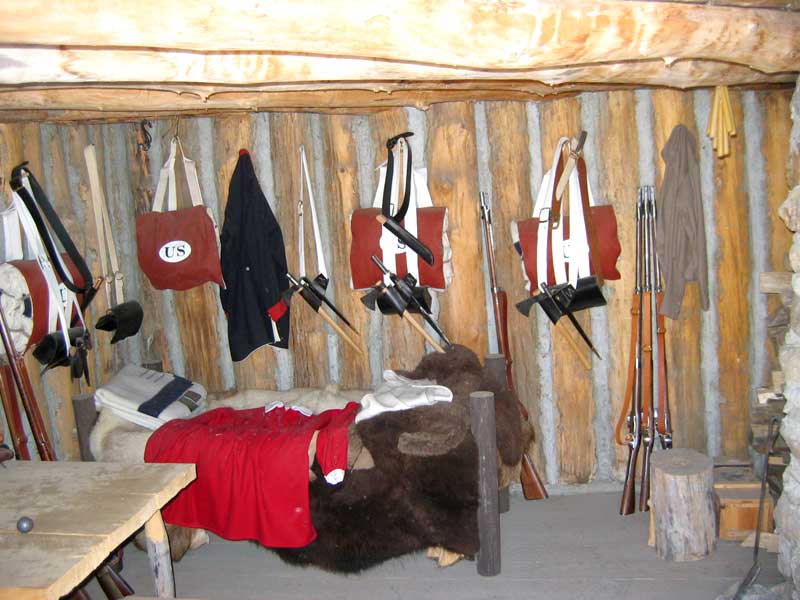
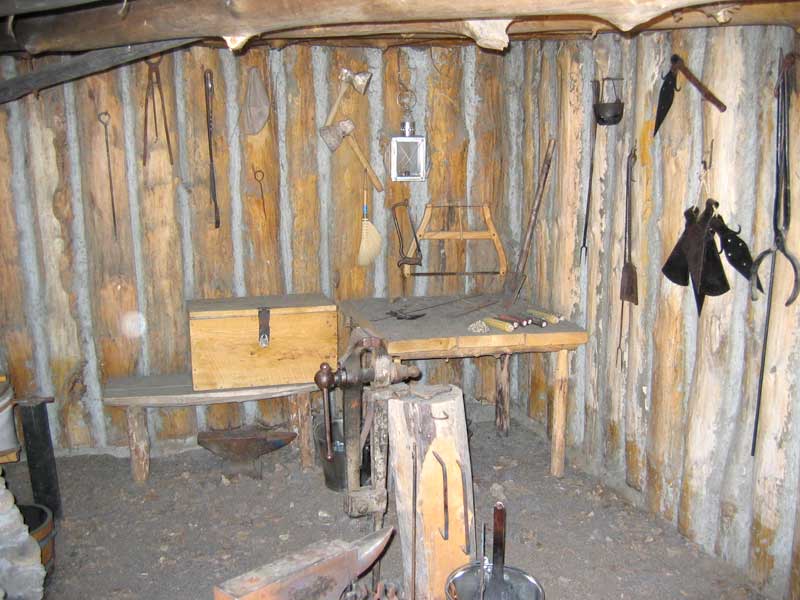
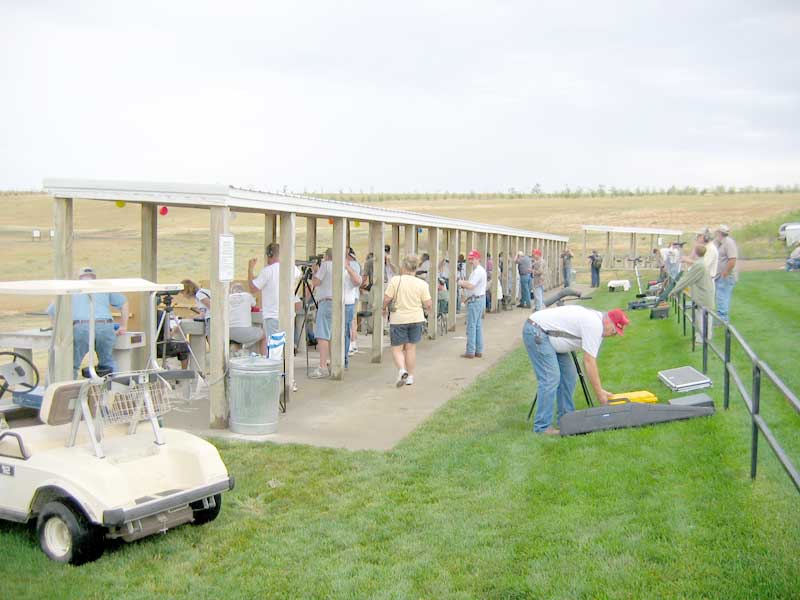
The balloon shoot is held each year at the Varmint Hunters Association's range.
The shoot requires you to break 4-5 inch balloons at 107(4), 246(4), 365(5), and 492(5) yards. There are 18 balloons in all (distributed as shown in parens next to the yardages above) and you have 20 shots and 15 minutes to break as many as you can. The balloons have different point values assigned with the farthest having the highest point value. This is very similar to the shoots that we have in Tucson with the exception that there, we have to knock medal silhouettes of prairie dogs off stands at 200, 300, 400, and 500 meters.
We all had a great time but none of us finished in the money.
| List | Previous | Next |